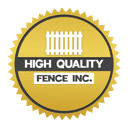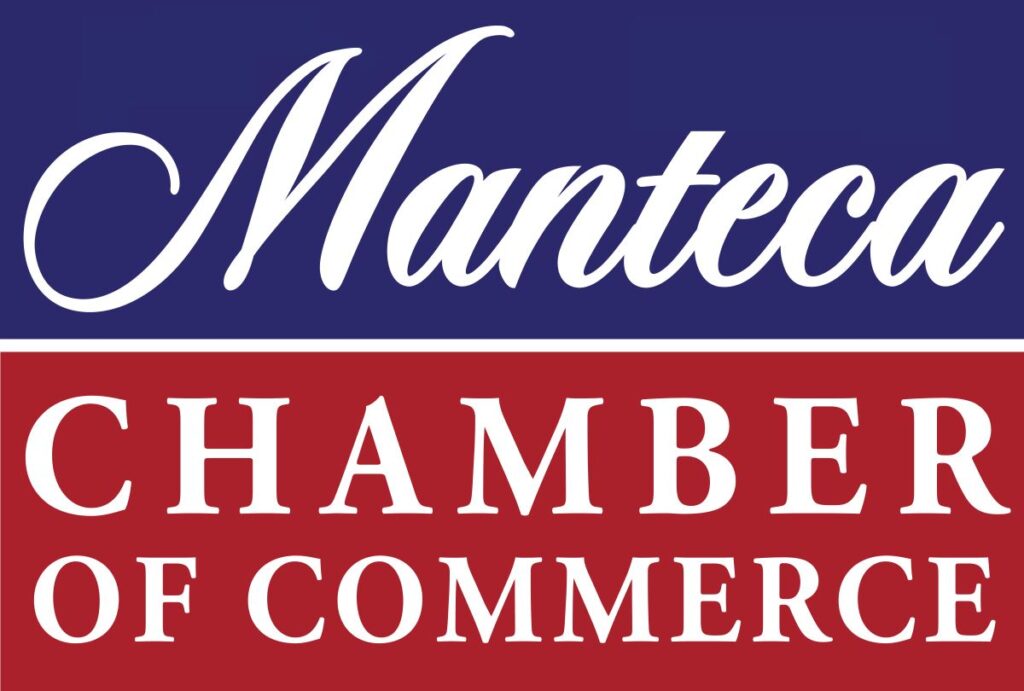
When it comes to fencing your property, the debate between chain link and wood fences often arises. Each type offers its own set of advantages and disadvantages, but one crucial factor that weighs heavily on the decision-making process is cost-effectiveness. In this comparison, we’ll delve into the financial aspects of both chain link and wood fences to determine which option might be more budget-friendly for your needs.
Chain link fences are renowned for their affordability upfront. They require minimal material and labor costs, making them a popular choice for those on a tight budget. However, the long-term maintenance costs can vary depending on factors such as climate and quality of materials used. On the other hand, wood fences may incur higher initial expenses due to material and installation costs, but they often require less maintenance over time, potentially balancing out the overall cost-effectiveness in the long run.
Introduction: Exploring the Cost Dynamics
When considering fencing options, it’s essential to delve into the intricate cost dynamics that accompany each choice. Cost-effectiveness extends beyond the initial investment, encompassing long-term expenses such as maintenance and replacement. By exploring these factors comprehensively, individuals can make informed decisions that align with their budgetary constraints and long-term goals for their property.
Initial Investment: Comparing Upfront Expenses
The upfront expenses of installing a fence can significantly impact decision-making. Chain link fences typically offer lower initial investment due to their simplistic design and minimal material requirements. Conversely, wood fences often incur higher upfront costs due to the price of materials and labor-intensive installation. Understanding these disparities in initial investment can aid in selecting a fencing option that fits within budgetary constraints without compromising quality or functionality.
Material Costs: Chain Link vs. Wood
Material costs play a pivotal role in determining the overall affordability of a fence. Chain link fences are typically constructed using galvanized steel or aluminum, which tend to be more economical compared to wood. Wood fences, while offering a classic aesthetic appeal, can vary in price depending on the type of wood chosen. Factors such as availability, durability, and maintenance requirements contribute to the overall material costs, necessitating careful consideration during the decision-making process.
Labor Expenses: Installation Considerations
Labor expenses are a crucial consideration when planning a fence installation, as they significantly impact the overall cost and timeline of the project. Various factors influence labor costs, ranging from the complexity of the fence design to the terrain of the installation site. Understanding these considerations can help homeowners budget effectively and ensure a smooth installation process.
- Complexity of Design: Intricate fence designs, such as custom patterns or ornamental features, typically require more time and expertise to install. Labor costs may increase accordingly to accommodate the additional workmanship and attention to detail needed for intricate designs.
- Terrain and Accessibility: The topography of the installation site plays a significant role in labor expenses. Uneven terrain or difficult access points can prolong the installation process and may require specialized equipment or techniques, leading to higher labor costs.
- Fence Height and Length: The dimensions of the fence, including its height and length, directly impact the amount of labor required for installation. Taller or longer fences necessitate more materials and labor hours, resulting in higher overall expenses.
- Permitting and Regulations: Compliance with local building codes and regulations is essential for any fence installation project. Securing permits, conducting property surveys, and adhering to zoning requirements can add administrative tasks and time to the installation process, affecting labor costs.
Labor expenses for fence installation are influenced by factors such as design complexity, terrain, fence dimensions, and regulatory compliance. By understanding these considerations and working with experienced professionals, homeowners can ensure a successful and cost-effective installation process.
Maintenance Needs: Short-Term vs. Long-Term Outlook
Maintenance requirements play a crucial role in the decision-making process when choosing between chain link and wood fences. Short-term and long-term maintenance needs differ significantly between these two options, influencing their overall cost-effectiveness and durability.
Chain Link Fences
Chain link fences typically have minimal short-term maintenance needs. Once installed, they generally require little upkeep beyond occasional inspections for damage or rust. Routine maintenance may involve cleaning the fence with water and mild detergent to remove dirt or debris, ensuring its longevity and structural integrity.
Wood Fences
In contrast, wood fences often demand more short-term maintenance to preserve their appearance and structural integrity. This includes regular staining or sealing to protect against weathering, rot, and insect damage. Additionally, periodic inspections for signs of wear and tear, such as loose boards or nails, are essential to address minor issues before they escalate into costly repairs.
Long-Term Maintenance Costs
While chain link fences may have lower short-term maintenance needs, the long-term maintenance costs can vary depending on factors such as climate and the quality of materials used. Wood fences, although requiring more immediate attention, may incur lower long-term maintenance expenses if properly cared for, potentially balancing out the overall cost-effectiveness over time.
Consideration for Long-Term Investment
When weighing short-term versus long-term maintenance needs, it’s essential to consider the investment in terms of both time and money. While chain link fences offer convenience in the short term, wood fences may provide greater longevity and aesthetic appeal with proper maintenance, making them a more cost-effective option in the long run.
Durability: Assessing Lifespan and Replacement Costs
Durability is a key factor in determining the cost-effectiveness of a fence. Chain link fences are known for their durability and resistance to weathering, requiring minimal upkeep over time. Conversely, wood fences may be susceptible to rot, insect infestation, and warping, necessitating repairs or replacement. Assessing the expected lifespan of each fencing material and factoring in potential replacement costs is essential for making an informed decision that maximizes long-term value.
Aesthetic Appeal: Balancing Cost with Visual Impact
While cost-effectiveness is paramount, aesthetic appeal also plays a significant role in fence selection. Chain link fences offer a utilitarian appearance, suitable for properties where aesthetics are not a primary concern. In contrast, wood fences provide a timeless charm and can enhance the curb appeal of a property. Balancing cost considerations with desired visual impact is essential for achieving a fencing solution that satisfies both functional and aesthetic preferences.
Environmental Factors: Sustainability and Eco-Friendly Options
When considering fencing materials, it’s crucial to assess their environmental impact and explore sustainable options. Choosing eco-friendly fencing not only reduces your carbon footprint but also promotes responsible stewardship of natural resources.
- Recyclable Materials: Opting for fences constructed from recyclable materials such as aluminum or steel contributes to a circular economy by reducing waste and conserving raw materials. These materials can be repurposed at the end of their lifespan, minimizing environmental degradation and promoting sustainability.
- Renewable Resources: Wood fences made from sustainably harvested timber or alternative materials such as bamboo offer renewable options that mitigate deforestation and promote forest regeneration. By choosing fencing materials derived from rapidly renewable resources, you support sustainable forestry practices and reduce reliance on finite resources.
- Low Environmental Impact Treatments: Some fencing materials require chemical treatments for durability and protection against decay. Opting for low-impact or eco-friendly treatments minimizes the release of harmful toxins into the environment, ensuring the health and safety of ecosystems and inhabitants.
- Energy-efficient Production: Consider fencing options manufactured using energy-efficient processes and technologies. By supporting companies that prioritize energy conservation and emission reduction, you contribute to a cleaner and more sustainable future for generations to come.
Property Value: Impact of Fence Choice on Resale
The choice of fencing material can have a significant impact on the overall value of a property. Well-maintained and aesthetically pleasing fences can enhance curb appeal and contribute to increased property value. Chain link fences may be perceived as utilitarian and may not add as much value compared to wood fences, which offer a timeless aesthetic and sense of privacy. Considering the potential return on investment and resale value of each fencing option is essential for homeowners looking to maximize their property’s marketability and appeal to potential buyers.
Making an Informed Decision for Your Budget and Needs
In conclusion, the decision between chain link and wood fences ultimately comes down to individual preferences, budgetary constraints, and long-term goals. By carefully weighing factors such as initial investment, material and labor costs, maintenance needs, durability, aesthetic appeal, environmental impact, and property value, homeowners can make informed decisions that align with their budget and needs. Whether prioritizing affordability, durability, or visual appeal, selecting the right fencing option can enhance the functionality, aesthetics, and value of a property for years to come.
In the realm of fencing, the choice between chain link and wood options involves careful consideration of various factors. While chain link fences offer affordability and low maintenance, wood fences provide timeless charm and potential long-term savings. By evaluating upfront expenses, material and labor costs, maintenance needs, durability, aesthetic appeal, environmental impact, and property value, homeowners can make informed decisions that suit their budget and preferences. Whether prioritizing cost-effectiveness, durability, or visual appeal, selecting the right fence can enhance the functionality and aesthetics of a property while adding value for years to come.
For expert guidance in selecting and installing the perfect fence for your property, contact High Quality Fence today. Our team specializes in providing high-quality fencing solutions tailored to your specific needs and budget. Call us at 209-815-9015 or email us at info@highqualityfence.com to schedule a consultation and take the first step towards enhancing the security, privacy, and aesthetics of your property with a top-tier fence solution.


